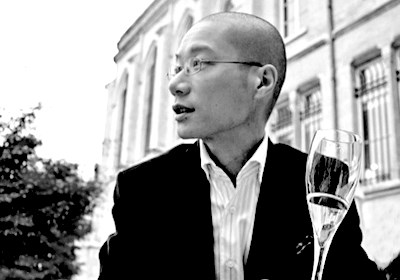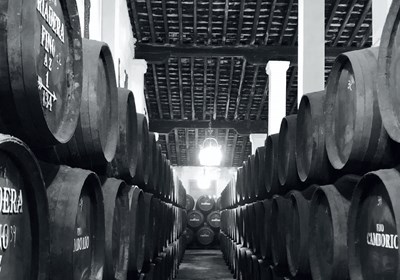
Which site would you like to visit?
By clicking the retail or wholesale site button and/or using rarewineco.com you are choosing to accept our use of cookies to provide you the best possible web experience.
April 2, 2013
A few years ago it seemed like everyone was a “non-interventionist winemaker.” In The New York Times in October 2006, Eric Asimov lampooned globetrotting consultant Michel Rolland for calling himself that, but Rolland was far from the only abuser of the term. Regardless of actual philosophy or methods, if a winemaker wanted respect, the best way was to claim to do as little as possible in the cellar.
Mercifully, we don’t hear the term as much anymore, not only because it had been so abused but because all great winemakers make countless decisions, both big and small, to steer their wines towards greatness, and ultimately to put the stamp of their individuality on them.
One of the pre-eminent modern examples of this has been Anselme Selosse—who, by the way, has spent his career resisting such labels. Over the past 25 years, he has made Champagnes that not only clearly bear his stamp; they represent the most purely expressive wines made, if not in the world, then certainly in his region.
One of the tools that Anselme uses in search of expression is the solera, which he adopted in 1986 as a way of expressing terroir without the influence of vintage variations. Today, his first solera—the source of his acclaimed “Substance”—is a blend of more than 25 vintages of wine from the grand cru village of Avize. Not only has the Substance solera minimized the effect of individual growing seasons, its long aging has eliminated obvious fruit flavors, leaving only the essence of the Avize soil.
Of course, Anselme’s genius is not that he invented the solera concept or even that he perfected it. That happened centuries earlier in Southwestern Spain, in and around Jerez. Here, soleras are the essential tool in making one of the world’s most nuanced and versatile wines, Sherry. Vast complexes of barrels are established and nurtured—allowing a great winemaker to conduct them like you would an orchestra.
Recently, Anselme made a pilgrimage to Jerez, which, despite the 2000 kilometer distance, bears remarkable similarities in its chalky soil, not to mention its rich winemaking history. But the most intriguing connection is Jerez’s rich use of soleras, which, with the creation of six additional village-based soleras, increasingly figure prominently in his work.
And naturally Anselme chose to see arguably Jerez’s most important winemaker, Eduardo Ojeda: technical director of Gruppo Estevez and the guiding hand behind the restoration of Valdespino, Jerez’s most historic and traditional house and the possessor of some of Jerez’s oldest and greatest soleras.
This was an historic meeting of highly experienced and gifted winemakers steeped in the magic of the solera—one approaching it as a revolution in his region, the other as the steward of a long tradition. Yet, the goal is the same, just as it is with any great winemaker: to use the tools and traditions at hand to produce wines of noble purity and expression.


New discoveries, rare bottles of extraordinary provenance, limited time offers delivered to your inbox weekly. Be the first to know.
Please Wait
Adding to Cart.
...Loading...


By clicking the retail or wholesale site button and/or using rarewineco.com you are choosing to accept our use of cookies to provide you the best possible web experience.

